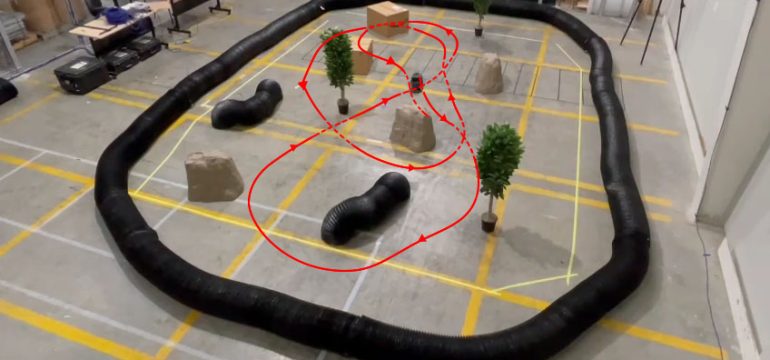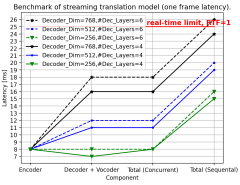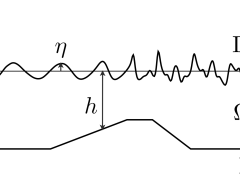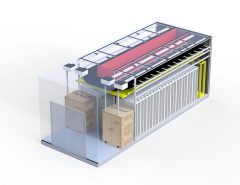Authors: Amin Heyrani Nobari, Giorgio Giannone, Lyle Regenwetter, Faez Ahmed
Published on: February 07, 2024
Impact Score: 8.16
Arxiv code: Arxiv:2402.05073
Summary
- What is new: NITO introduces a novel, resolution-free, and domain-agnostic approach to topology optimization in engineering using deep learning, notably outperforming existing models in efficiency and speed.
- Why this is important: Topology optimization in engineering is challenging due to the need for optimal material distribution for maximum performance, which often requires time-consuming and computationally expensive methods.
- What the research proposes: NITO employs deep learning to accelerate the topology optimization process, leveraging a novel method, BPOM, to handle boundary conditions efficiently and without the limitations of prior models.
- Results: NITO achieves up to seven times better structural efficiency than state-of-the-art diffusion models while being significantly faster and more versatile in application across different domains.
Technical Details
Technological frameworks used: Neural Implicit Topology Optimization (NITO)
Models used: Boundary Point Order-Invariant MLP (BPOM)
Data used: Implicit fields for topology representation
Potential Impact
Engineering design firms, construction companies, aerospace and automotive sectors could significantly benefit from the adoption of NITO, potentially disrupting traditional design optimization markets.
Want to implement this idea in a business?
We have generated a startup concept here: OptiStruct Innovations.




Leave a Reply